I saw this work at the New Orleans Museum of Art – tres ray tracing. See if you can figure out why it looks how it does, from these images and film clip. Last image in album is the reveal.
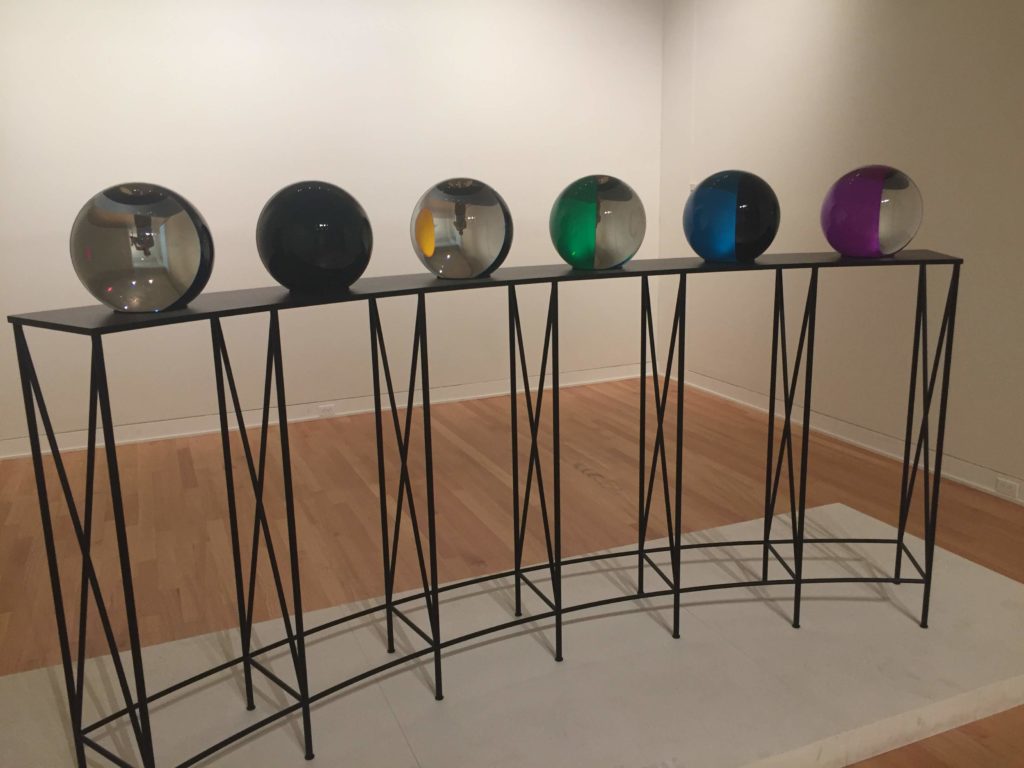
I saw this work at the New Orleans Museum of Art – tres ray tracing. See if you can figure out why it looks how it does, from these images and film clip. Last image in album is the reveal.

The influx of registration spam (fake accounts registering) is just too much for me to keep up with.
Sorry.
Time to clear the link collection before GDC/GTC – download some web pages for the plane ride.

OK, even I’m getting a bit tired of writing about Ray Tracing Gems (not to mention Real-Time Rendering) goings ons. But, a few things:
Really, all this info except the Real-Time Rendering signing is covered on http://raytracinggems.com
Book signing (in yellow) map for GDC, right next to the restrooms – classy 🙂
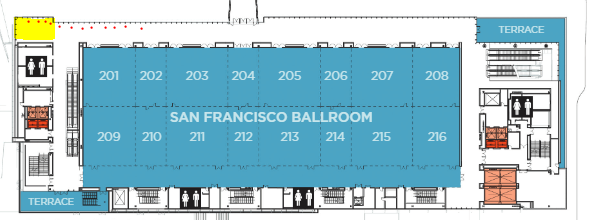
I haven’t done one of these for awhile – too busy with The Book (not That Book; the Other Book). Here’s a collection of stuff I’ve noticed the past few weeks.
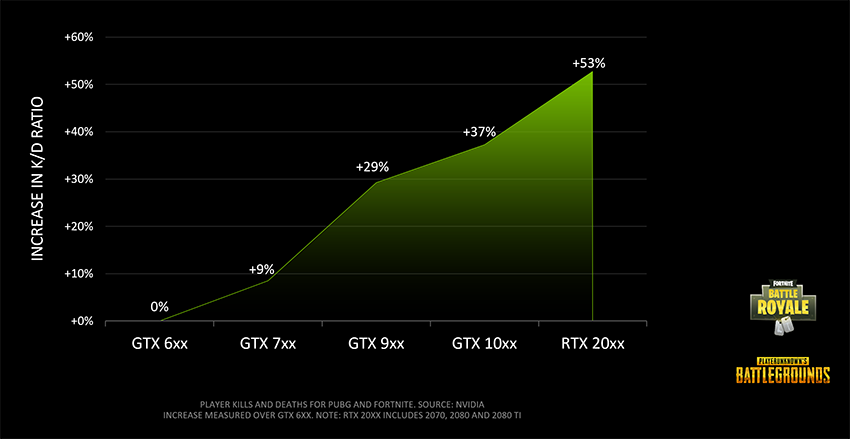
Repeat that title three times, then “and I feel fine.” This R.E.M. song has been going through my mind much of the week, as the Ray Tracing Gems book was released last Saturday as a free PDF. With Open Access, the publisher agreed to put the book up for free, even before the physical book was available. Apress has 27 other Open Access titles free to download, so they’re somewhat used to the idea.
The bragging number is that the official Ray Tracing Gems PDF has been downloaded 102K times as of today. I suspect there are a lot of pack rats out there who will download any book that’s free, or someone’s trying to make Tomas and me feel good by setting up an auto-download bot farm (if so, thanks, good job!).
But wait, there’s more. Stephen Hill spotted some typos in the preview copy and sent them on to me Saturday. Monday I made an unofficial PDF for distribution, identical to the official PDF but with his and other errata fixed. Doing so is fine under the license, which allows reasonable changes that are properly noted. The publisher and I worked on the wording on the front page to clearly label this version as unofficial, then I released it on Tuesday. It’s of course the one I recommend grabbing. Being more “hidden,” this one’s been downloaded a more believable 499 times as of last night.
“Supplies are limited” is my favorite ridiculous marketing phrase, always true since there’s a large but finite amount of material in the universe. For GDC and GTC, it’s actually true. The publisher is rush printing and shipping a few hundred copies for these conferences, and they should arrive at onsite booksellers and to NVIDIA next week, fingers crossed, knock wood, rub lucky rabbit’s foot. The hardcover book will not be available for online purchase until mid to late May, though on slightly-higher quality paper (coated glossy vs. coated matte; I believe “coated matte” is what the GPU Gems series used).
Me, I like having both the physical and the electronic forms: electronic is great for searching and for travel, physical is nicer to read (at least for me), use stickies on, add notes in the margins, and for getting signed. Speaking of which, see our page for authors’ signings and talks at the conferences.
So, this is all an odd sequence: NVIDIA released free preprints of the book during February, as did EA; the publisher released the PDF for free in March; I (or anyone) can then make a slightly improved version for distribution; the physical book will be available at conferences in 10 days but not for online purchase until May. Releasing preprints of a whole book, fixing errors in the released version – this is not something we’re used to. Personally, I know I’ve had any number of emails along the way where we each reassure the other, “no, it’s OK, this is how it works under Open Access.”
On November 1st of every year, the Finnish government publishes everyone’s salary. It’s a nice leveler of the playing field for workers, as they can see if they’re paid fairly and what to expect at another company.
In the U.S. we generally know elected officials’ salaries (president $400,000, senator $174,000, etc.) but not much else. Except for non-profits, who have to file public tax returns. Update: Angelo Pesce pointed out this useful site.
I’m doing my taxes this weekend. To avoid that time-sucking task – one that takes only five minutes in The Netherlands – I decided to go look up the ACM’s and IEEE’s forms. It takes a bit of searching, but it’s interesting to see where the money goes. To start, here are some ACM salaries from their 2015 return (actual return here):
Half a million for the outgoing Chief Executive Director – not bad. I’ve asked around, and on one level this amount is a bit shocking, but it’s evidently (for good or ill) the norm for non-profits of this size.
Putting this info on the blog makes me feel a bit embarrassed; it’s breaking a social norm here, revealing a salary. But, it’s public knowledge! We’re now used to services such as Zillow to see someone’s property value – something we would have had to work hard to do back in 2005 (e.g., go to some government office and look up the deed). However, in the U.S., knowing someone’s salary is usually not something you can look up and is pretty taboo. So, cheap thrills, and it’s easy to do so now for at least a few people.
Wading through the rest of the return turns up various tidbits. For example, the ACM’s overall budget:

So they added about $6.7 million to their total assets in 2015, and ended the year with assets of:
![]()
I find these documents worth poking at, just to get a sense of what’s important. For example, the ACM makes its revenue as follows (see Part VIII for details):
Expenses, in Part IX, go on and on, with a large portion of the $60 million going to conferences:
Conferences raise $29 million each year (the revenue snippet), so I guess I conclude that conferences netted $5 million for the ACM in 2015. That cheers me to hear, vs. the opposite. Me, I’m curious how much the ACM Digital Library costs and how much revenue is raised, from individuals and institutions, but these numbers are not found here. I asked once back in 2012; the ACM doesn’t split out the DL income and costs from their other publication efforts.
There are lots of other tidbits in the return, but take a look for yourself.
Let’s go visit the IEEE – hmmm, wait, there are two of them. But both have small budgets, less than $7 million, so that’s not them. Searching a bit (quick, what does “IEEE” stand for?), I found them:
The Assistant Secretary and Executive Director (one person) gets $1.2 million – OK. The actual Director & Secretary doesn’t get paid at all, which I find entertaining somehow:
![]()
Now, the IEEE’s budget is a lot higher that the ACM’s, $436 million vs. $60 million:
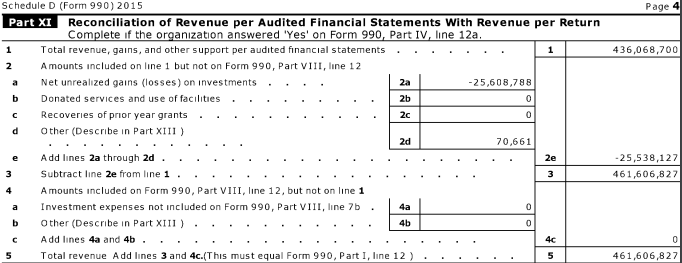
It’s a different report format, so it’s not clear to me what assets they have.
It’s fun to poke around, e.g.:

ACM doesn’t seem to have any lobbying expenses. I wonder what the IEEE lobbies for – they’re really not spending much, but it’s more than zero. Better electricity? Lobbying is not in and of itself bad (I like it when the AMA lobbies against the use of tobacco just fine), but it’s interesting to see and great for forming unwarranted conspiracy theories.
OK, enough goofing off, this took way more time than I expected; back to my own taxes.
I love free. The first two of the seven parts that make up Ray Tracing Gems are now available in preprint form from NVIDIA’s Developer Zone. Each of the remaining parts will be released every three or four days through February.
The links: the PDF download page (login needed), NVIDIA’s first post about it, their second post, and the Table of Contents
We just finished the first major round of going through the proofs. Lots of little (and a few big) fixes, and there’s another round soon, then the book gets published. But, the goal all along has been to get the finished and corrected articles out to developers sooner rather than later, so NVIDIA’s releasing preprints this month. You do need to sign on to the Developer Zone to download them, but that’s a minute to sign up for a free account, and anyone can do so.
Since NVIDIA paid for the book to be open access, it’s entirely fine to redistribute these PDFs – it’s a brave new world in publishing, I tell ya. The first page of each PDF explains the license, also noted in my previous post.
BTW, there will be an authors & editors book signing at GDC (probably Wednesday 6 PM, maybe earlier) and GTC (almost assuredly Thursday 3 PM), assuming the hardcover book publishing process goes properly and on time. By me adding the phrase “assuming the hardcover book…” I’m hoping to nullify any jinx that occurred by me mentioning these signings – we’re on a tight publication schedule, to put it mildly. I’ll also be giving a “Fast Forward” talk, e.g., on the book’s contents, the hour just before each of these two signings. I promise there will be no rap (Ken Perlin did great in 2002, can’t top that, though all too many have tried), but I may use haikus, such as for Chapter 7:
With a trembling arm
shoot an arrow at a coin –
so are ray and sphere.
That makes you want to read that article I coauthored, right? Right?!
Thousands of person-hours went into this book and there’s lots of great content, so, enjoy! Oh, and spread the word with their tweet or mine.
Tomas and I turned over all our final files for Ray Tracing Gems to the publisher on January 2, and we’re gathering edits from the authors. The Table of Contents for the 32 articles is now public. The publisher’s webpage is up. There’s an Amazon page in progress (BTW, the after-the-colon title, “High-Quality and Real-Time Rendering with DXR and Other APIs,” was requested by the publisher to help search engines find the book).
The hardback book should be available at GDC and GTC, with a free electronic version(s) available sometime before or around then, along with a source code repository. Also, the book is open access, under this CC license. This means that the authors, or anyone else, can redistribute these articles as they wish, as long as it’s a non-commercial use and they credit the book as the source.
Here’s the cover, which should be on the other sites soon.
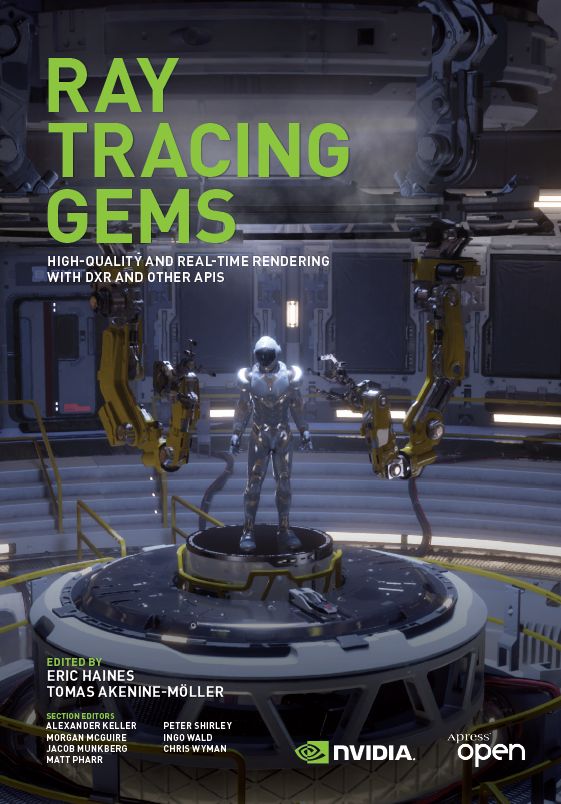
By the way, if you want to read an article about ray tracing actual gems, this one is a good place to start. I happened upon it by accident, and it’s educational, approachable, and not dumbed down. The design criteria for a good gem cut are fun to read about: maximize reflected light as well as contrast, take into account that the viewer’s head will block off light, and so on. If you need a more serious paper from graphics people, there’s this article. Surprisingly, though fairly old, it is newer than any of the articles cited by the first, much newer article.
Short version: the first book on ray tracing, An Introduction to Ray Tracing, from 1989, is now free to download. You can get the PDF or DJVU version. Note that the PDF has been updated with one erratum fix (so far), and currently is at version 1.1.
Longer version: with Pete Shirley releasing for free his three introductory mini-books on ray tracing this summer, then Matt Pharr releasing the book Physically Based Rendering for free, I asked Andrew Glassner if he could get the rights to release the classic An Introduction to Ray Tracing. He was game, clearing it with the authors, tracing down the right person at Elsevier to ask, going through the paperwork, and – freed! He just wrote me:
I’ve just now received the countersigned rights release for An Introduction to Ray Tracing. I guess the contract was in my name, because I now own the rights! I hereby grant you permission to publicly share the aforementioned book, or the manuscript thereof, or an electronified version of the manuscript thereof, electrically encoded and presented using one or more typefaces of human design, upon a website for the general reading pleasure of the general reading public. Go for it!
So going for it I am. Enjoy! Yes, it’s ancient. But, surprisingly, it’s still a fine introduction in a bunch of ways – math doesn’t rot, and many of the bits from back then are still used today – stochastic sampling, bounding volumes, adaptive supersampling, etc. (Matt Pharr agrees). Andrew’s page about the book (and some history about the cover) is here.
Me, I expect this will cut into my yearly royalties – I earned $6.22 last year on the book – but, ah, the giant sacrifices I make for The Greater Good, and so humble, too. If you consider free books a travesty, you can always buy a copy off this insane page on Amazon – a steal (on someone’s part) at $588.23. The normal Amazon book page is not so bonkers.
Update: Andrew was asked what sort of license the book is under. We discussed it and he chose the Attribution 4.0 International (CC BY 4.0) license, the most liberal of the CC licenses. To quote the main bits:
Do see the whole license page for further details.
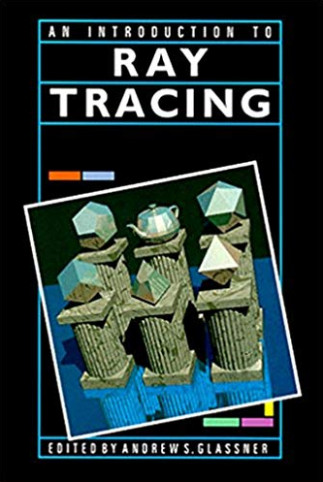
If by some miracle you use the first printing of the book, I’ve made an errata page. All these errors are fixed in the PDF and DJVU versions, except as noted.